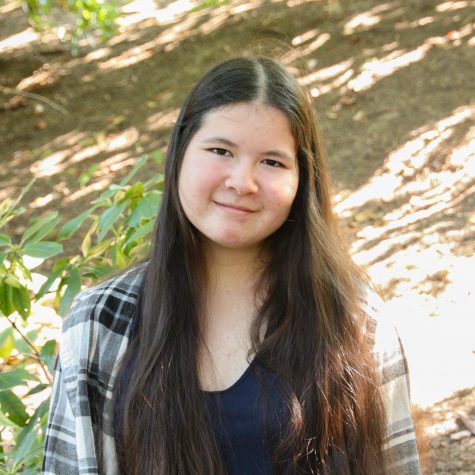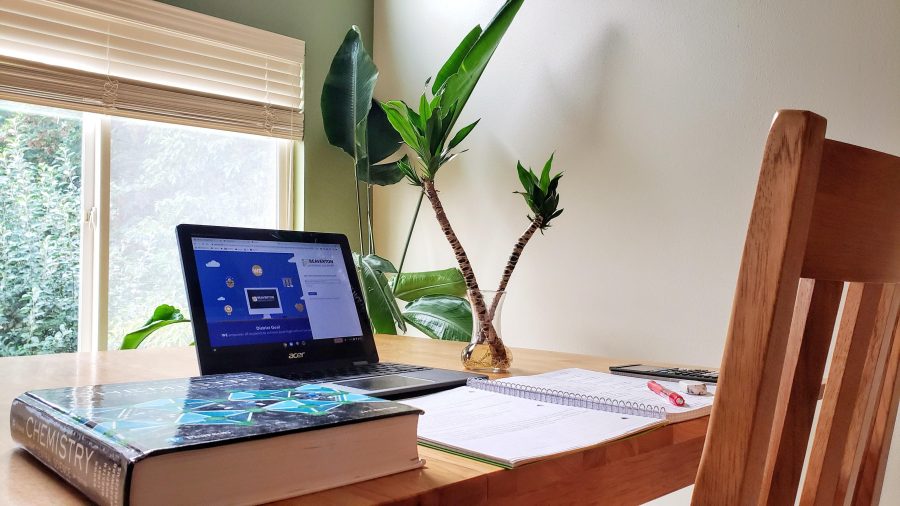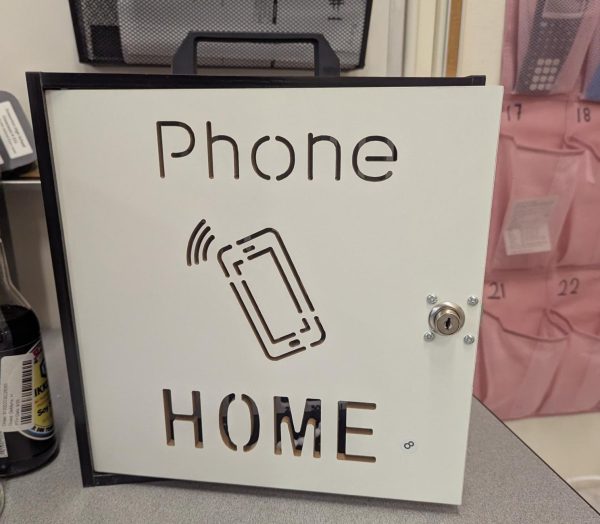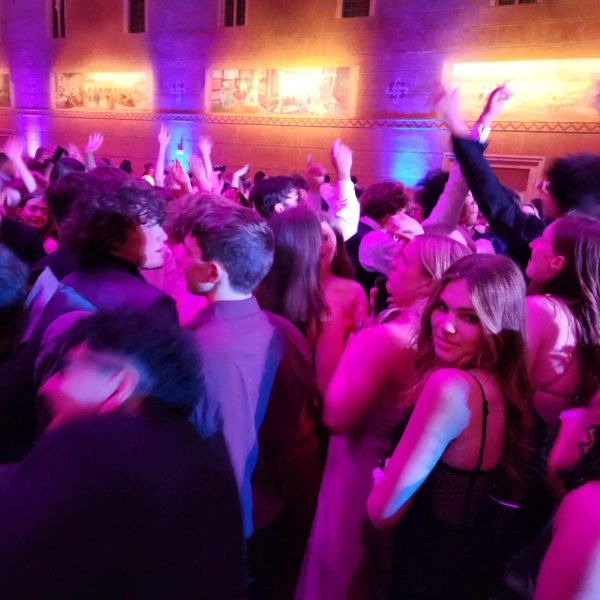Beaverton High’s first week of synchronous learning: success or failure?
A new schedule and off-campus learning make for an unprecedented school year, and students appreciate the flexibility that comes with it.
For senior Kyah Wright, this school year is unlike any other. Though her classwork is manageable, she’s been robbed of the opportunity to spend class with friends. “There’s no actual physical contact,” said Wright, one of over 40,000 Beaverton School District (BSD) students attending school online this year. “It sucks to not sit in a classroom surrounded by other people.”
BSD plans to continue its comprehensive distance learning model, or CDL, until at least November 13th, when the district will evaluate whether they are ready to resume in-person learning or transition to a hybrid schedule. For this to happen, Governor Brown has mandated that the state must have a COVID-19 positivity rate of 5% or less for three consecutive weeks. Currently, Oregon’s positivity rate hovers around 5-6%. While Oregon may seem close to this margin, Gov. Brown imposed another restriction: every county where a school is located must also have 10 or fewer cases per 100,000 per week for three weeks.
Whereas most of last year’s second semester was asynchronous, this year, students are required to attend class Zoom calls four days of the week. And as opposed to last year’s pass/fail grading system, students will receive grades on an A through F scale. On the surface, the typical school year has been recreated online.
But in practice, it can easily get overwhelming to juggle class times, Zoom meetings, homework, and classwork without the usual change of scenery that comes with moving from one classroom to the next. “Since it’s new for students and teachers, it can be confusing, frustrating, and just really weird,” Wright said.
Wright’s sentiment was echoed by sophomore Daniel Del Cid Paxtor, who recognized that the COVID-19 pandemic has stripped away an essential part of the new school year: connecting with people. “I feel like I have no way of getting close to the teacher or anyone else in the class because no one really wants to talk, so it’s hard to meet new people,” he said.
And a side effect of distance learning is that things can easily blend together, making the school day harder to process. “Every day felt the exact same way,” said junior Hailey Harris.
Compounding this is the shorter class times: Students are feeling the effects of having 20 minutes less on the clock. “Even though school ends at 2:30, lots of homework can extend the school day to as late as 6 pm,” Harris said. “Giving students more class time to complete assignments can decrease the number of late nights spent doing homework.”
Unfortunately, with school online this year, the chances of students being able to see their friends during in-person classes are slim. But given the situation, the best solution seems to be Zoom breakout rooms, which allow students to collaborate in small groups—the equivalent of working in table groups.
A high point of Harris’ week was when, in one of her classes, she was put into a breakout room with a few of her classmates. “As awkward as it was in the beginning, it was nice to be able to interact with other people and everyone contributed and worked together to complete the assignment. […] I hope breakout groups are as successful in the future.”
Even with the difficulties of this unique school year, there are positives to the new schedule, the most prominent one being the later start to the day. Instead of waking up before 7:00 am every morning to catch the bus and make it to class by 7:45, the 8:30 am start time combined with the fact that a student’s classroom is in their own home gives students more opportunity to start their mornings well-rested and relaxed.
“I use the extra time to sleep in and make myself a more fulfilling breakfast (compared to a quick piece of toast or no breakfast), which I think is super important because we’re teens! We need proper sleep and food!” said Harris.
Students also enjoy the new Wednesday schedule, where all classes—except for Beaver Lodge—are asynchronous, allowing for a less rigid routine. “I like having a whole day to catch up on any homework and to just relax,” Wright said. “Also, since classes are only 70 [minutes] long, Wednesdays give us a chance to talk to teachers about any questions or concerns that we have.” With constant Zoom meetings leading up to and following Wednesday, a day for catch-up is exactly what students need.
Despite looming Zoom fatigue and increased stress levels, students remained excited for the first week of school, and the ratings are likely to go up once the kinks have been worked out. The staff at BHS did its best to make sure things went smoothly, and thankfully, the student body has been understanding whenever technology malfunctions occur.
So, was the first of school a success or a failure? It’s hard to tell. Nothing will be perfect on the first attempt, so that BSD and BHS put together a passable system with minimal issues is fantastic. And from what students have seen, the school year is shaping up to be a good one.

Melody is a senior at Beaverton High School who edits and writes opinion pieces about the school. She also enjoys both watching and performing in theater...

Anouk is a senior who writes and edits articles, takes the occasional photo, and helps everything run in the background.




![District changes have led to restrictions on AP classes for underclassmen [Graphic made with Canva].](https://beavertonhummer.com/wp-content/uploads/2024/06/Comic-Bonanza-600x600.png)


beavertonhigh • Sep 22, 2020 at 9:02 am
Reblogged this on Beaver Tales and commented:
Via BeavertonHummer.com
LEARNING TRANSFORMS US.
#ExperienceBHS #ourBHSstory